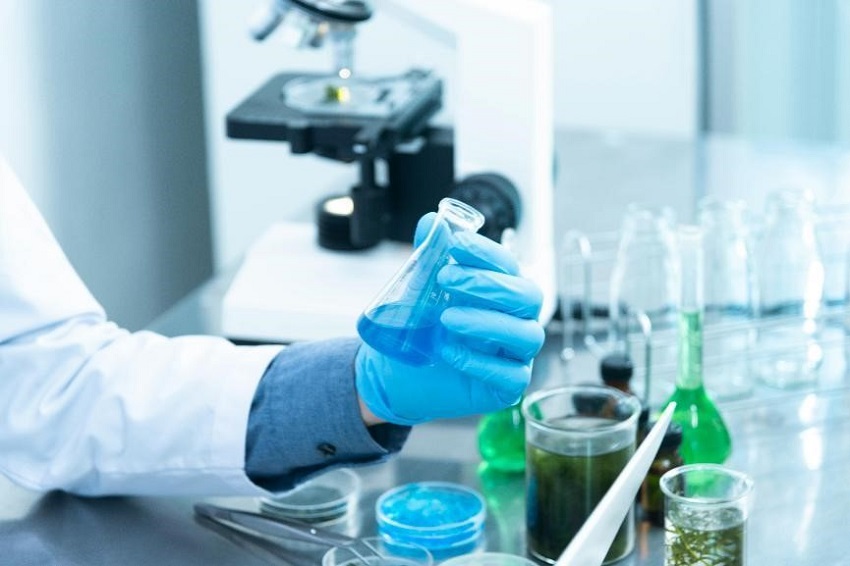Hello! I'm delighted to provide you with exclusive one-on-one consultation.
How can I assist you?
What is the process and cost of egg freezing?


As more and more female celebrities choose to freeze their eggs, this topic is gradually being understood by the general public. Throughout a woman's life, approximately 400 eggs are capable of maturing and being released. During each menstrual cycle, many eggs start to develop, but only one follicle will mature and be released. If this egg meets with a sperm, it will start a new journey of life. Ovulation induction is a method that uses medication to mature more eggs, and it is safe and reliable. Many people worry that ovulation induction will prematurely consume their limited number of eggs, potentially leading to an earlier menopause. In fact, ovulation induction does not use up those 400 mature eggs but rather utilizes the eggs that would otherwise be discarded, allowing them to mature through medication—a way to turn waste into treasure.
So, how many eggs need to be retrieved to ensure future fertility? It cannot be denied that the more eggs are frozen, the higher the possibility of future successful pregnancy. Of course, this is based on the premise that the quality of the eggs is up to standard. Studies have shown that to ensure future pregnancy success rates, most women should freeze at least 15 eggs. However, how many eggs can be produced in one cycle of ovulation induction depends on the woman's age, ovarian reserve, and response to the medication. Some women may produce 15 eggs in one cycle, while others may need multiple cycles to reach this number, which also means additional costs.
Recent research data shows that if a woman wants to achieve a 75% success rate for having one child, a 34-year-old woman needs to freeze 10 eggs; a 37-year-old woman needs to freeze 20 eggs; and a 42-year-old woman needs to freeze 60 eggs to achieve this success rate. Another reason to freeze more eggs is that not all eggs can be preserved during the freezing process—some will be lost. For example, during one cycle of ovulation induction, some eggs may not mature enough to be suitable for freezing; during the thawing process, some eggs may not survive, losing their chance for fertilization.
National assisted reproductive expert, U.S.-trained medical doctor, and IVF USA founder Dr. Nathan Zhang points out that, generally speaking, ovarian function declines after age 35, egg quality deteriorates, and the chances of natural conception decrease. Additionally, due to declining ovarian function, the rates of infertility, miscarriage, and pregnancy loss increase. For women over 40, the natural pregnancy rate is less than 5%, and even if successful, the rates of fetal malformation, miscarriage, and pregnancy loss significantly increase.

The egg freezing cycle in the U.S. starts from the first day of menstruation and takes about 14 days. IVF USA reduces the stay to 5-7 days. Preliminary examinations, cycle control, taking birth control pills, consultations, and starting ovulation induction can be completed domestically. After the consultation, IVF USA will send the ovulation induction medication to the client’s home. Currently, it is challenging to find another institution in China that provides domestic ovulation induction services, allowing clients to start ovulation induction domestically.


Online Customer Service

In-Vitro Fertilization (IVF)

Female Egg Freezing

Fertility Assessment

Scan for Consultation

Back to Top